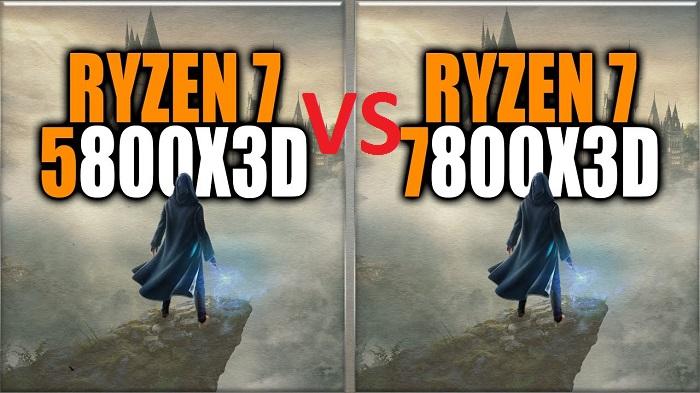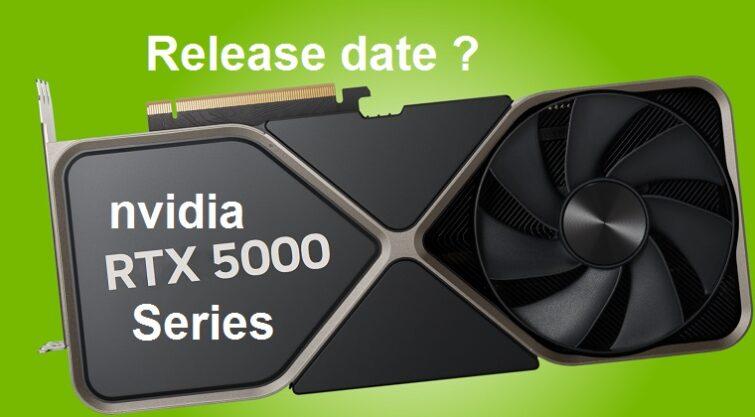AMD has been a leading innovator in CPU caching technology, the best example is their recently launched Ryzen 7000 desktop processors with 3D V-Cache. The Ryzen 7 7800X3D succeeds the previous generation 5800X3D, both leveraging 3D V-Cache to deliver tremendous gaming performance. But with a new architecture and platform, how exactly does the 7800X3D compare to its predecessor? Here we will compare the key specs, capabilities, and real-world differences between the Ryzen 7 7800X3D and 5800X3D.
Also read Google fit vs Samsung health

Quick view
- 1 Architectural differences in 7800X3D vs 5800X3D
- 2 5800X3D vs 7800X3D – Performance and Spec Differences
- 3 Platform Compatibility Factors
- 4 5800X3D vs 7800X3D Thermal Design and Power Consumption
- 5 Pricing and Value Considerations
- 6 In Table form for better understanding
- 7 Conclusion from users point of View :
Architectural differences in 7800X3D vs 5800X3D
The Ryzen 7 5800X3D debuted in early 20 April 2022 as the first consumer desktop processor featuring 3D V-Cache. This additional 64MB of L3 cache aimed to dramatically boost gaming performance.
The new 7800X3D launched on 6 April 2023 almost 1 year after 5800X3D, implements the same 3D V-Cache design but on the latest Zen 4 architecture. It promises faster speeds and DDR5 support alongside huge L3 cache for gaming gains.
Both CPUs show AMD’s innovative 3D chiplet stacking, fusing the fast L3 cache directly onto the processor die for reduced latency. For gaming supremacy, the 5800X3D and 7800X3D are AMD’s champions.
5800X3D vs 7800X3D – Performance and Spec Differences
While the 5800X3D excelled in gaming compared to other Ryzen 5000 chips, the 7800X3D pushes performance further:
- The 7800X3D hits boosted clocks beyond 5.0 GHz, vs only 4.5 GHz on the 5800X3D.
- Support for faster DDR5 RAM vs DDR4 gives the 7800X3D memory bandwidth advantages.
- Zen 4 enables more performance optimizations and instructions per clock than Zen 3 in the 5800X3D.
The core and thread counts are identical at 8 cores and 16 threads. But the architectural refinements equate to around 15% higher processing speeds from the 7800X3D over its predecessor.
Platform Compatibility Factors
A key difference is socket and chipset compatibility between the two 3D V-Cache CPUs:
- The 5800X3D fits AM4 motherboards with B550 and X570 chipsets using DDR4 RAM.
- The 7800X3D requires the new AM5 socket and X670/X670E chipsets with DDR5 memory support.
So those upgrading would need a new AMD platform to utilize the 7800X3D. But both 3D chips work with the same CPUs otherwise, including Radeon graphics cards and Ryzen-optimized components.
Read : Yuzu vs Ryujinx: Best emulator for The Tears of the Kingdom
5800X3D vs 7800X3D Thermal Design and Power Consumption
AMD engineered both the 5800X3D and 7800X3D to run optimally on a wide range of cooling solutions:
- The 105W TDP means even modest cooling effectively dissipates heat from both CPUs.
- Neither chip is designed for extreme overclocking, with the 3D V-Cache tuned for stock operation.
- AMD’s precision boost algorithms automatically adjust power usage and clock speeds.
Actual measured power consumption under gaming loads is similar between the two models, translating to equivalent real-world thermal profiles.
Pricing and Value Considerations
The 5800X3D originally launched at $449 ( but now you should get it at $290-320), a premium price attributed to the 3D V-Cache technology. In contrast, the new 7800X3D hit shelves at $449(now you should get it at $350-400)but has a higher cost of platform change.
For pure gaming, the 7800X3D does outperform its predecessor. But the 5800X3D still delivers incredible 1080p and 1440p gaming at a lower upgrade cost. Both qualify as top-tier options in AMD’s lineup.
Overall we can say, the new Ryzen 7 7800X3D position itself as AMD’s best 3D V-Cache gaming processor yet. But the 5800X3D remains a compelling high-value choice, proving 3D chips have staying power beyond a single generation.
In Table form for better understanding
| Feature/Aspect | Ryzen 7 7800X3D | Ryzen 7 5800X3D |
|---|---|---|
| Architectural | Implements 3D V-Cache on Zen 4 architecture, promising faster speeds, DDR5 support, and large L3 cache. Base clock speed 4.4 GHz | 64MB L3 cache,Zen 3 architecture , No DDR5 support, Base clock speed 3.4 GHz, |
| Specs | Boosted clocks beyond 5.0 GHz, supports DDR5 RAM, 15% higher processing speeds due to Zen 4 optimizations | 4.5 GHz boosted clocks, supports DDR4 RAM, excels in gaming with Zen 3 architecture |
| Platform Compatibility | Requires AM5 socket, X670/X670E chipsets, and DDR5 memory | Compatible with AM4 motherboards (B550, X570 chipsets), uses DDR4 RAM |
| Thermal Design & Power | 105W TDP, designed for stock operation with precision boost algorithms, similar power consumption to 5800X3D | Same 105W TDP |
| Pricing & Value | Launched at $449 but now you should get it at $350-400, higher platform change cost, superior in gaming performance | Originally $449, but now you should get it at $290-$320. It offers high-value gaming at 1080p and 1440p, lower upgrade cost |
| Overall Assessment | Best AMD 3D V-Cache gaming processor yet, requires platform upgrade | High-value option with strong performance in 3D gaming, compelling for existing AM4 platform users |
Conclusion from users point of View :
I checked the various threads on reddit like this post and find that users upgrading to 7800X3D notice significant improvements in gaming but marginal gains in graphical work compared to AMD 5800. Key differences include the 7800X3D’s requirement for an AM5 motherboard and DDR5 RAM. While some find the 7800X3D substantially faster in certain games, others suggest waiting for future CPU generations. Budget considerations play a crucial role, with the 5800X3D being a cost-effective choice for AM4 users, and the 7800X3D offering better performance at a higher upgrade cost.
So decide according to your budget !
Also check Samsung 980 pro vs 990 pro





